The most genuine merit of science is probably its readiness to admit if it preaches or reveals something wrong. The theories in science are always being reconsidered and scrutinized. Modern research often rejects old ideas, hoaxes and myths.
Today’s post on our Science Blog will discuss ten of the most popular and influential scientific discoveries that were based on dubious data, and were consequently proven wrong, debunked and replaced with more reliable and logical modern theories.
1- Fleischmann–Pons’s Nuclear Fusion
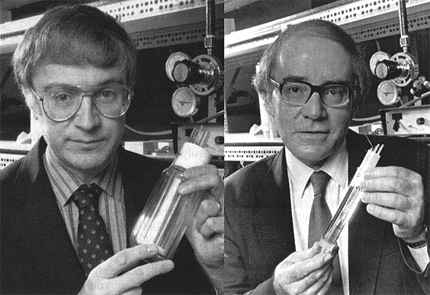
Cold fusion is a supposed kind of nuclear reaction that would occur at relatively low temperatures compared with hot fusion. As a new type of nuclear reaction, it gained much popularity after reports in 1989 by famous electrochemists Stanley Pons and Martin Fleischmann. The craze about cold fusion became weaker as other scientists, after trying to repeat the experiment, failed to get similar results.
2- Phrenology
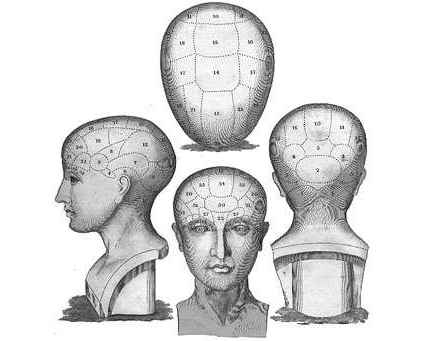
Now widely considered as a pseudoscience, phrenology was the study of the shape of skull as indicative of the strengths of different faculties. Modern scientific research wiped it out by proving that personality traits could not be traced to specific portions of the brain.
3- The Blank Slate
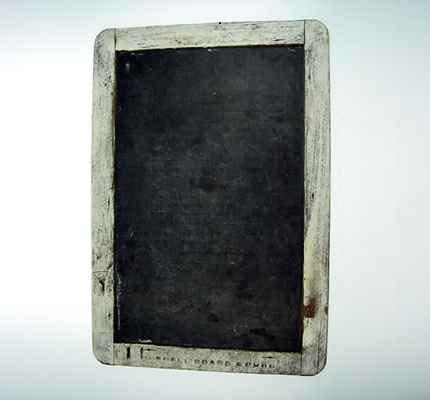
The Blank Slate theory (or Tabula rasa), widely popularized by John Locke in 1689, proposed that individuals are born without built-in mental content and that their knowledge comes from experience and perception. Modern research suggests that genes and other family traits inherited from birth, along with innate instincts of course, also play a very important role.
4- Luminiferous Aether
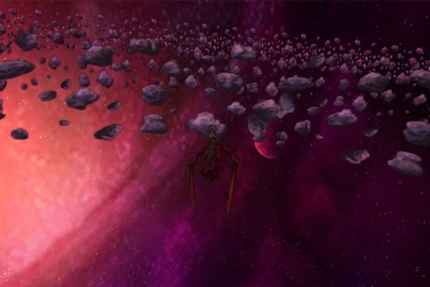
The aether (or ether) was a mysterious substance that was thought to transmit light through the universe. The idea of a luminiferous aether was debunked as experiments in the diffraction and refraction of light, and later Einstein’s special theory of relativity, came along and entirely revolutionized physics.
5- Einstein’s Static (or Stationary) Universe
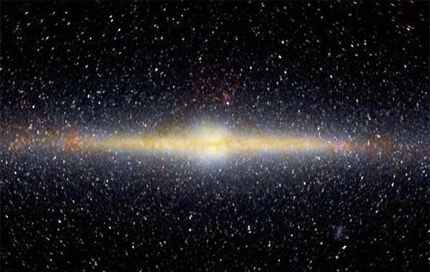
A static universe, also called a “stationary” or “Einstein” universe, was a model proposed byAlbert Einstein in 1917. It was problematic from the beginning. Edwin Hubble’s discovery of the relationship between red shift obliterated it by completely demonstrating that the universe is constantly expanding.
6- Martian Canals
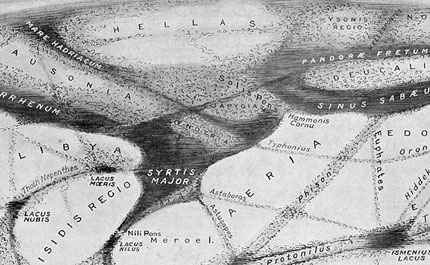
The Martian canals were a network of gullies and ravines that some 19th century scientists erroneously thought to exist on Mars. First detected in 1877 by Italian astronomer Giovanni Schiaparelli, modern telescopes and imaging technology completely debunked the myth. The “canals” were actually found to be a mere optical illusion.
7- Phlogiston Theory

First postulated in 1667 by German physician Johann Joachim Becher, Phlogiston Theory is an obsolete scientific theory regarding the existence of “phlogiston”, a fire-like element, which was contained within combustible bodies and released during combustion. The theory tried to explain burning processes such as combustion and the rusting of metals, which are now jointly termed as “oxidation”.
8- The Expanding or Growing Earth

The Expanding Earth or Growing Earth is a hypothesis suggesting that the position and relative movement of continents is dependent on the volume of the Earth increasing. Modern science has turned down any expansion or contraction of the Earth.
9- Discovery of the Planet Vulcan

A small planet that was supposed to exist in an orbit between Mercury and the Sun, French mathematician Urbain Jean Joseph Le Verrier coined the name “Vulcan” while trying to explain the nature of Mercury’s orbit. No such planet was ever discovered, while the orbit of Mercury was explained in detail by Albert Einstein’s theory of general relativity.
10- Spontaneous (or Equivocal) Generation

Spontaneous generation or equivocal generation is an obsolete principle concerning the origin of life from inanimate matter. The hypothesis was brought out by Aristotle who advocated the work of earlier natural philosophers. It was proven wrong in the 19th century by the experiments of Louis Pasteur, drawing influence from Francesco Rediwho was an early proponent of germ theory and cell theory.
No comments:
Post a Comment